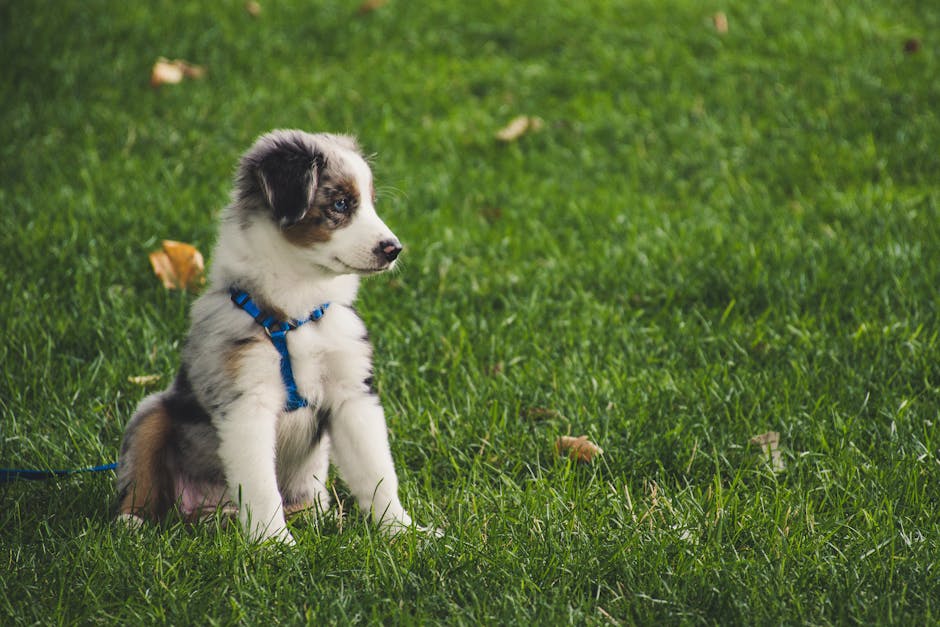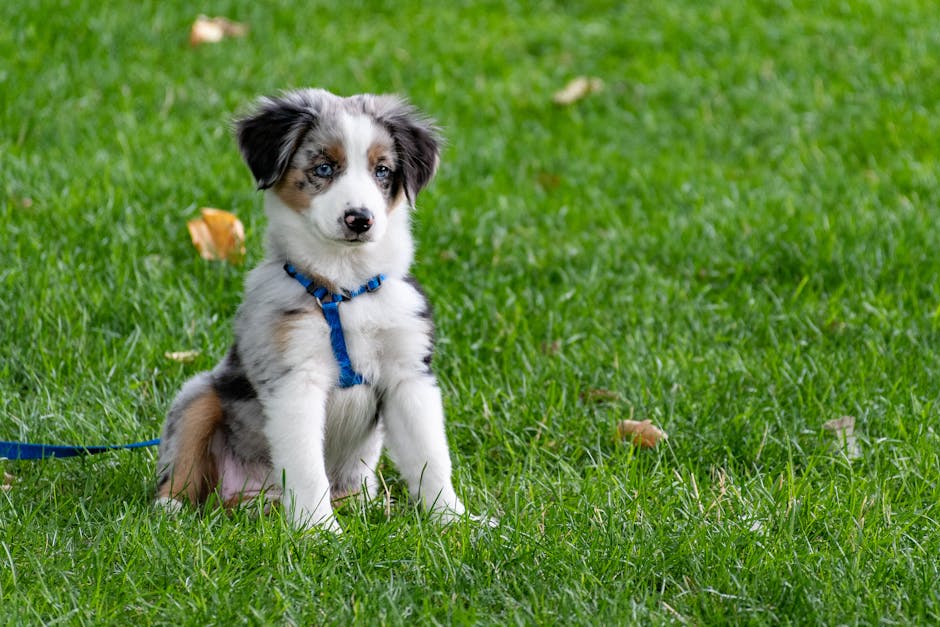How to Train Your Little Dog Effectively
Are you a proud owner of a small furry friend who brings joy and companionship into your life? Training your little dog is not only essential for their well-being but also crucial for a harmonious relationship between you and your pet. However, training a small dog comes with its own set of challenges and considerations compared to larger breeds. In this comprehensive guide, we will delve into the intricacies of how to train your little dog effectively, exploring various techniques, tips, and best practices to ensure a happy and obedient companion by your side.
The Importance of Training Your Little Dog

Training your little dog is not just about teaching them basic commands or tricks; it is about establishing a strong bond based on trust, communication, and mutual respect. Proper training helps in preventing behavioral issues, fostering good manners, and ensuring the safety of your pet in various situations. Additionally, a well-trained dog is more social, adaptable, and confident, making them a joy to be around in any setting.
Moreover, training sessions provide mental stimulation for your little dog, keeping them engaged, active, and mentally sharp. It also allows you to understand your pet’s needs, preferences, and unique personality traits better, strengthening the bond between you and your furry companion.
Understanding Your Little Dog’s Behavior

Before embarking on a training journey with your little dog, it is crucial to understand their behavior, temperament, and communication cues. Small dog breeds often exhibit certain characteristics such as high energy levels, stubbornness, or fearfulness, which can influence their training requirements.
For example, toy breeds like Chihuahuas or Pomeranians may have a tendency to be yappy or anxious, while terriers like Jack Russells are known for their independent and strong-willed nature. By familiarizing yourself with your little dog’s breed-specific traits and individual quirks, you can tailor your training approach to suit their needs effectively.
Positive Reinforcement Training Techniques

One of the most effective and humane ways to train your little dog is through positive reinforcement techniques. Positive reinforcement involves rewarding your pet for desired behaviors, such as obeying commands, following instructions, or displaying good manners. Rewards can range from treats and praise to toys and playtime, depending on your dog’s preferences.
By associating positive actions with rewards, your little dog learns to repeat these behaviors to earn praise and treats, making the training process enjoyable and engaging for them. Positive reinforcement also helps in building a strong bond based on trust, encouragement, and mutual understanding between you and your pet.
Consistency and Patience in Training

Consistency and patience are key virtues when it comes to training your little dog effectively. Small breeds may take longer to grasp new commands or behaviors compared to larger dogs, requiring patience, repetition, and gentle guidance during training sessions. It is essential to set realistic expectations and be consistent in your training approach to avoid confusion or frustration for your pet.
Make sure to establish a routine for training sessions, keeping them short, fun, and engaging to prevent your little dog from getting bored or restless. Break down complex commands into smaller steps, gradually increasing the difficulty level as your pet progresses. Remember, every small success is a step in the right direction towards a well-trained and obedient furry companion.
Socialization and Exposure to Various Environments
Socialization plays a vital role in shaping your little dog’s behavior, temperament, and response to different people, animals, and environments. Exposing your pet to various stimuli from an early age helps in reducing fear, anxiety, and aggression, making them more confident, sociable, and adaptable in different situations.
Take your little dog for walks in the park, introduce them to new people and pets, and engage in positive interactions to build their social skills and confidence. Expose them to different environments, sounds, and experiences gradually, monitoring their reactions and providing reassurance and support as needed. A well-socialized dog is less likely to exhibit fear-based behaviors or aggression and more likely to enjoy a fulfilling and enriching life as your loyal companion.
Training Challenges and Solutions for Small Breeds
Training small dog breeds comes with its own set of challenges, including their size, energy levels, and stubbornness. However, with the right approach and techniques, these challenges can be overcome effectively to ensure a well-behaved and obedient pet.
For example, small dogs may have a tendency to bark excessively, jump on people, or exhibit separation anxiety due to their size and inherent traits. To address these issues, it is essential to provide proper socialization, exercise, mental stimulation, and consistent training to channel their energy positively and reduce undesirable behaviors.
Common Misconceptions About Training Small Dogs
There are several misconceptions surrounding the training of small dog breeds that need to be addressed. One common misconception is that small dogs are less intelligent or trainable compared to larger breeds, which is not true. Small dogs are as capable of learning and following commands as their larger counterparts; they simply require a different approach and understanding of their unique needs.
Another misconception is that small dogs do not need as much exercise or mental stimulation as larger breeds, which can lead to boredom, restlessness, and behavioral issues. It is important to provide adequate physical and mental exercise for your little dog to keep them healthy, happy, and well-behaved.
FAQs About Training Your Little Dog
Q: How often should I train my little dog?
A: Training sessions should be kept short (5-10 minutes) and frequent (2-3 times a day) to maintain your dog’s attention and interest.
Q: What are some essential commands to teach my little dog?
A: Basic commands like sit, stay, come, and leave it are essential for your little dog’s safety and well-being.
Q: How can I address potty training issues with my small dog?
A: Consistent routine, positive reinforcement, and patience are key to successful potty training for small dog breeds.
Conclusion
To wrap things up, training your little dog effectively is a rewarding and fulfilling experience that strengthens the bond between you and your furry companion. By understanding your dog’s behavior, using positive reinforcement techniques, being consistent and patient in training, and providing socialization and exposure to various environments, you can ensure a well-behaved, obedient, and happy pet by your side.
Remember, every small step in the training process counts towards a brighter future for you and your little dog. Embrace the journey, enjoy the moments of success, and cherish the unique bond you share with your loyal canine friend.




